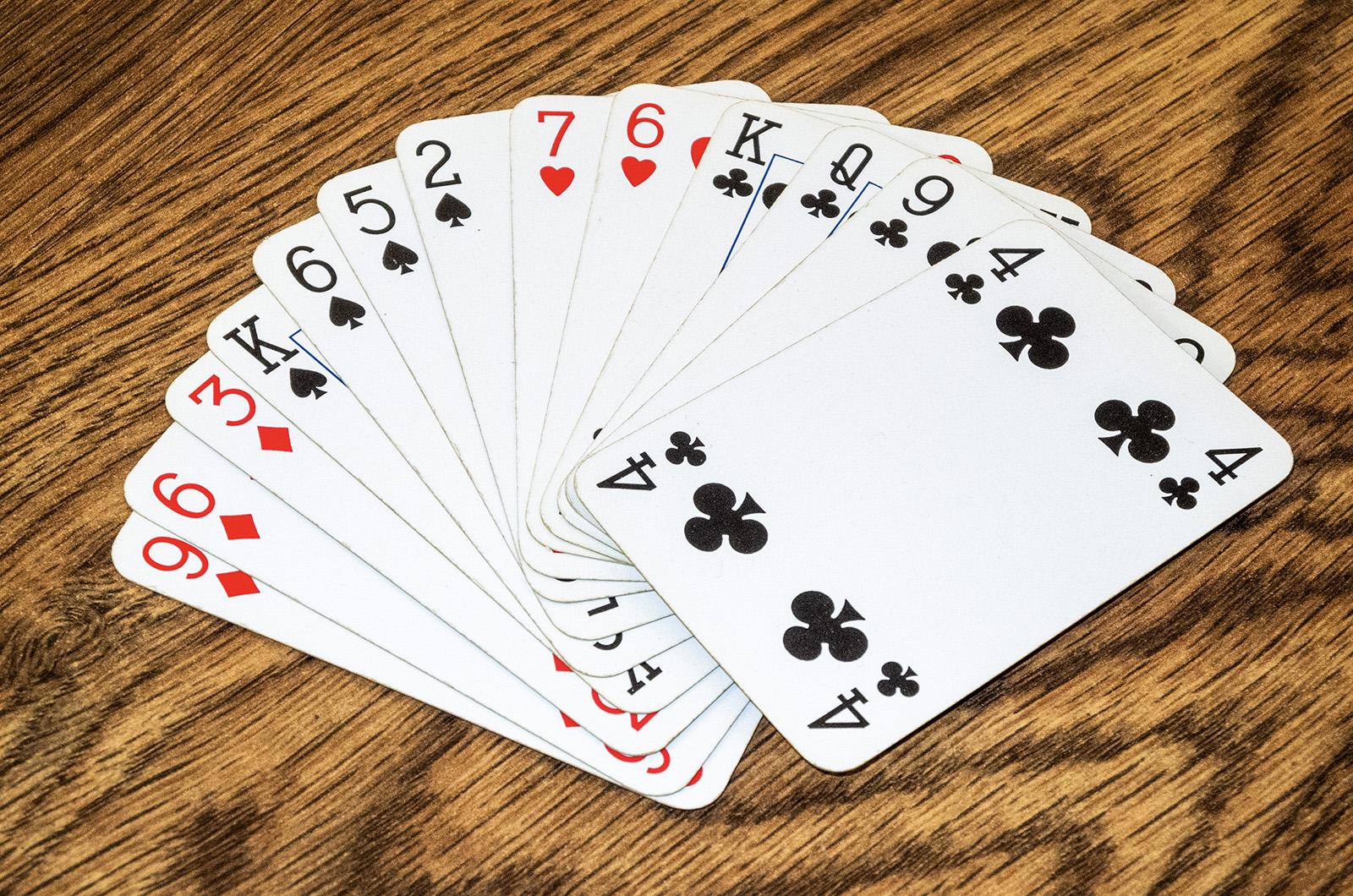In last week’s column I laid the groundwork for evaluation of 16-point 1NT openers when partner invites game. I listed several sound principles that we can use in our decision to upgrade or downgrade our holding.
In today’s column we are going to see these basic principles in action as we examine some challenging bidding situations.
First, when you open 1NT and partner makes an invitational raise to 2NT showing eight or nine high-card points, you must decide whether to continue to game or stop in partscore. With 17 points, you accept. With 15 points, you generally decline. With 16 . . .
Consider these two hands:
Hand # 1 Hand # 2
♠️ K Q 2 ♠️ K 10
♥️ Q 7 6 2 ♥️ A J 10
♦️ A Q 6 ♦️ J 10 8
♣️ Q J 3 ♣️ A Q 10 9 7
Both hands are initially worth 16 points: the first in high cards, the second has 15 points, plus one length point for the five-card club suit.
We apply the Guideline of 16 and revalue each hand. The first hand has no attractive features. The distribution is flat with no particular source of tricks and poor spot cards (no intermediates). The lone honor in the “long” suit is going to need a lot of help to establish heart winners. In addition, the hand has more queens and jacks (five) than aces and kings (two) — nine points in queens and jacks versus only seven in aces and kings. Moreover, most of our honors are in short suits.
Although we have two honor pairs working together ( ♠️KQ and ♣️ QJ), those honors are in short suits rather than long suits. Time to pass and hope we can make eight tricks.
The second hand is much more powerful. The five-card club suit requires little help from partner to produce four or five tricks. There are lots of intermediate cards, with two J 10 pairs working together. Eleven of the high-card points come from aces and kings, while only four are in queens and jacks.
We should upgrade this hand and accept the invitation, continuing to 3NT. The irony is that the hand with only 15 high-card points is much better than the one with 16 high-card points. All we need to do is to apply the Guideline of 16 in our revaluation of assets after the invitational raise. Once we do so, we see that there is far more to a holding than the mere point count would indicate.
The second situation:
Hand # 1 Hand # 2
♠️ A J 6 2 ♠️ A J 10 7
♥️ A J 7 ♥️ A 9
♦️ Q J 5 ♦️ K Q 9 6
♣️ Q J 4 ♣️ Q 10 9
With both holdings we open 1NT with 16 HCP and partner raises to 4NT, a quantitative bid asking whether your hand is strong enough to bid 6NT. We’d accept with 17 HCP and decline with 15 HCP. The decision with 16 HCP is tougher.
Again, the first hand should be downgraded. The distribution is flat; there aren’t any 10 or 9 intermediates and most of the high cards are in queens and jacks. Although we have queens and jacks working in the minors, the suits are not long and offer few tricks. We should stop at 4NT and focus on finding 10 tricks.
Applying the Guideline of 16 to the second hand, we revaluate upward. There are two four-card suits, giving us two places where we might be able to develop tricks. We have a lot of intermediates; and most of our points are in aces and kings rather than queens and jacks. Most of the honors are in our long suits, and we have two diamond honors working together in one of our four-card suits. We should accept partner’s invitation and bid 6NT.
In conclusion, The Guideline of 16 teaches us that there are “good” and “bad” hands that count to 16 points. As the auction progresses, partner may make a bid that requires us to distinguish between the two. Hands go up or down in value based on various factors outlined in the last two columns. As you pause to revalue your holding considering partner’s call, take these factors into account. You’ll be glad you did.







Comments
Comment policy »